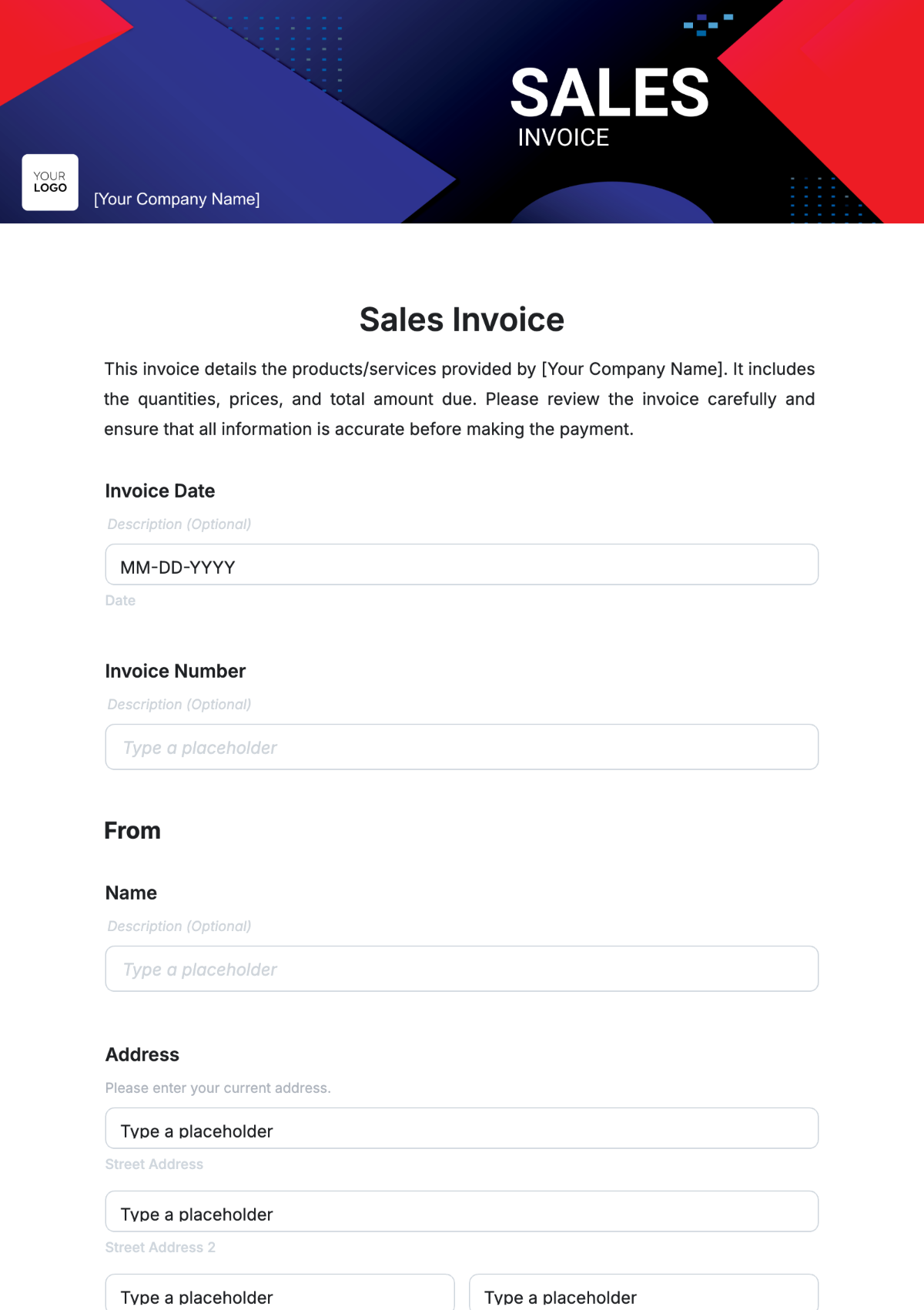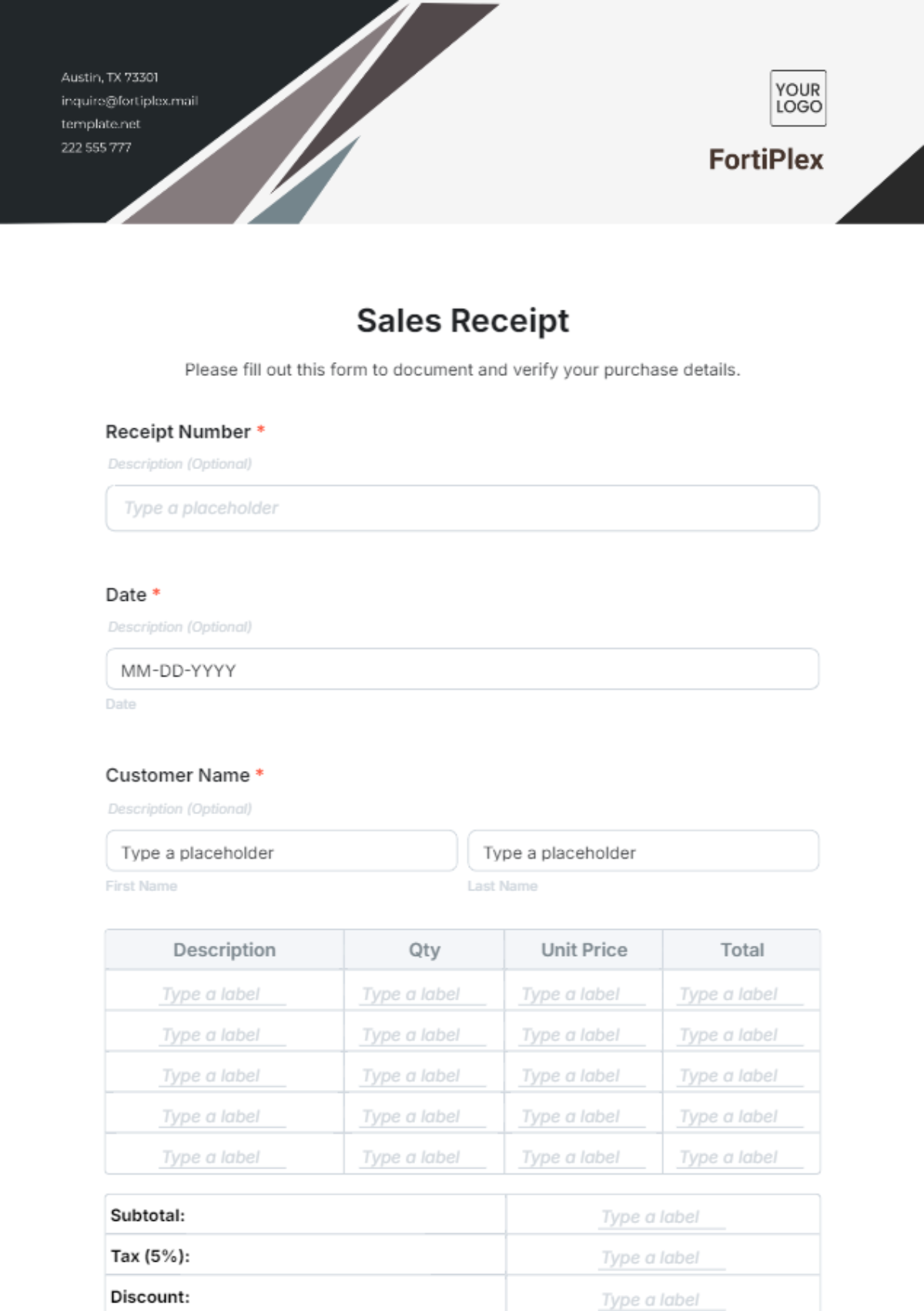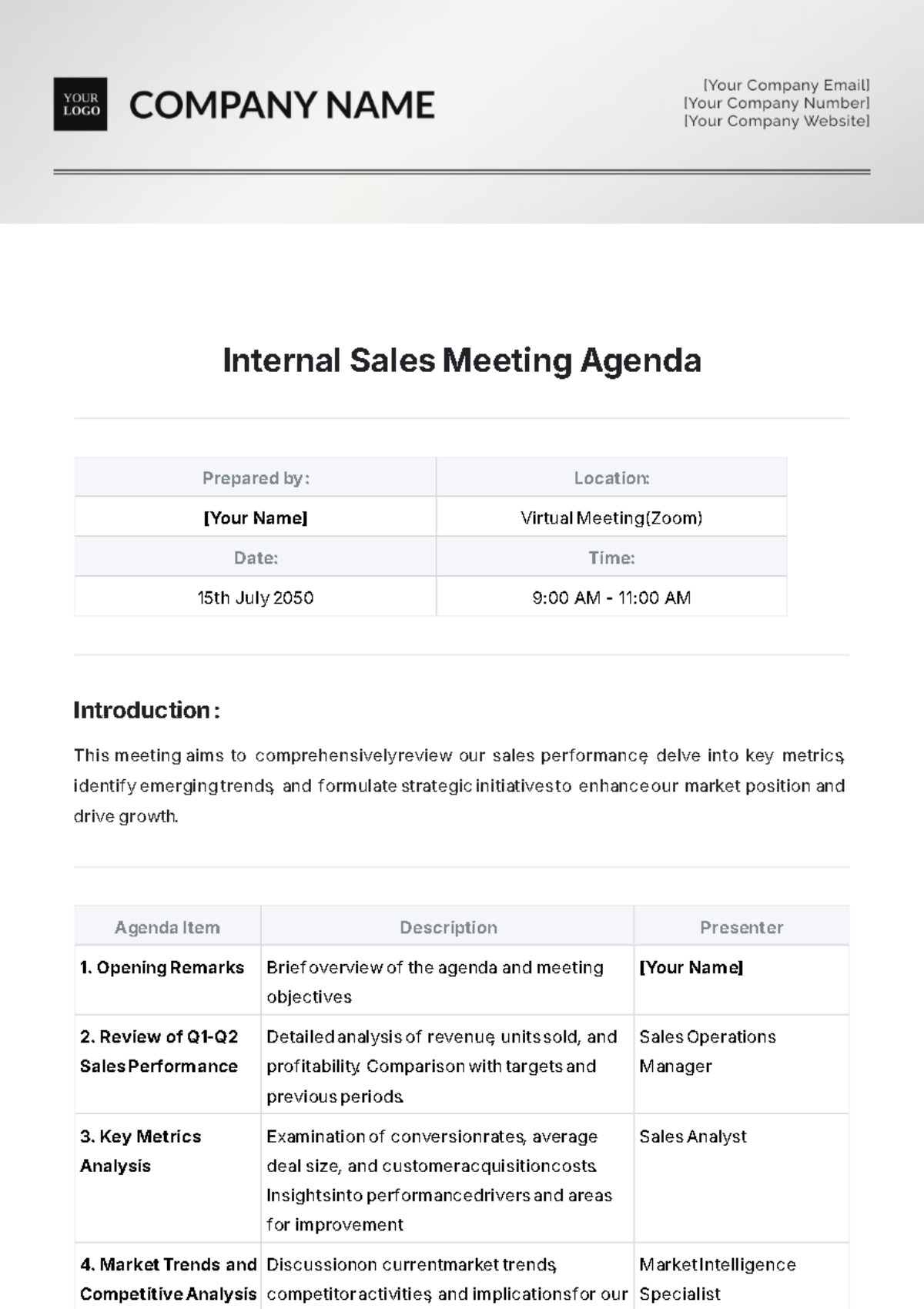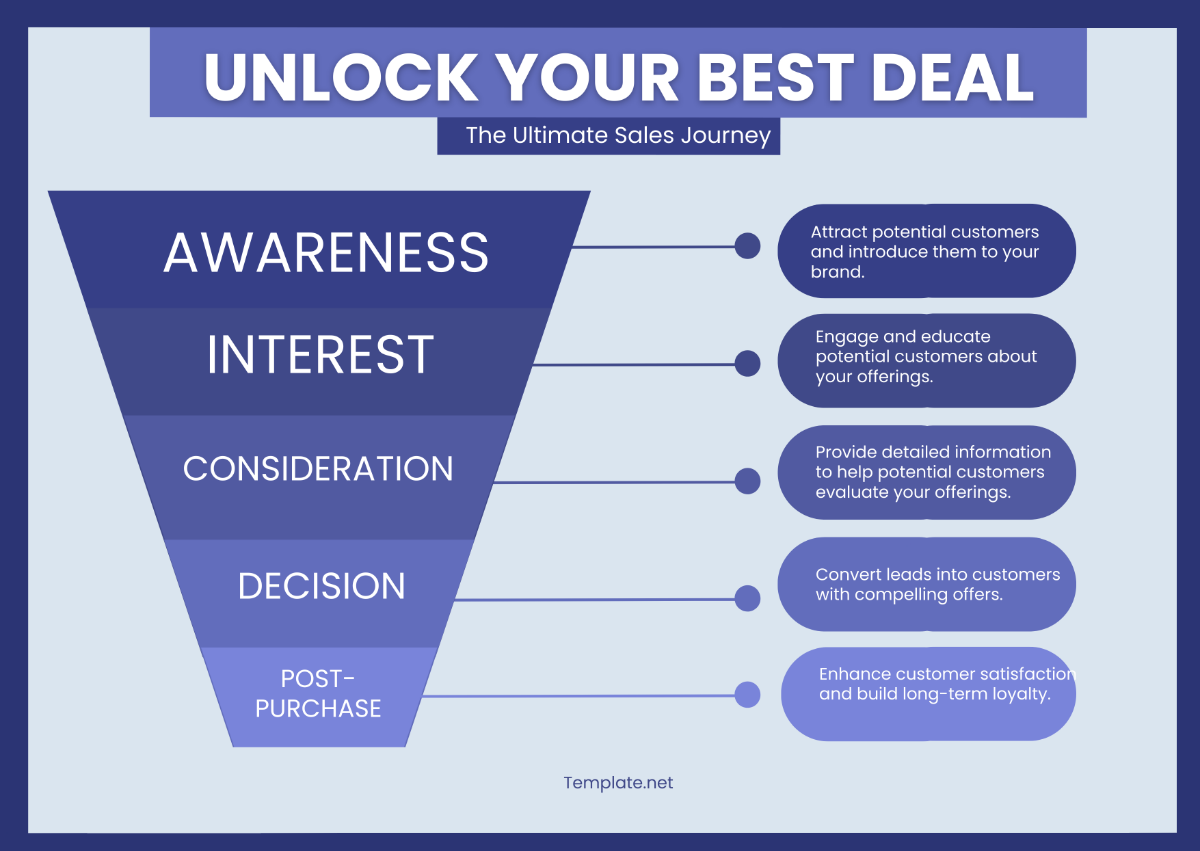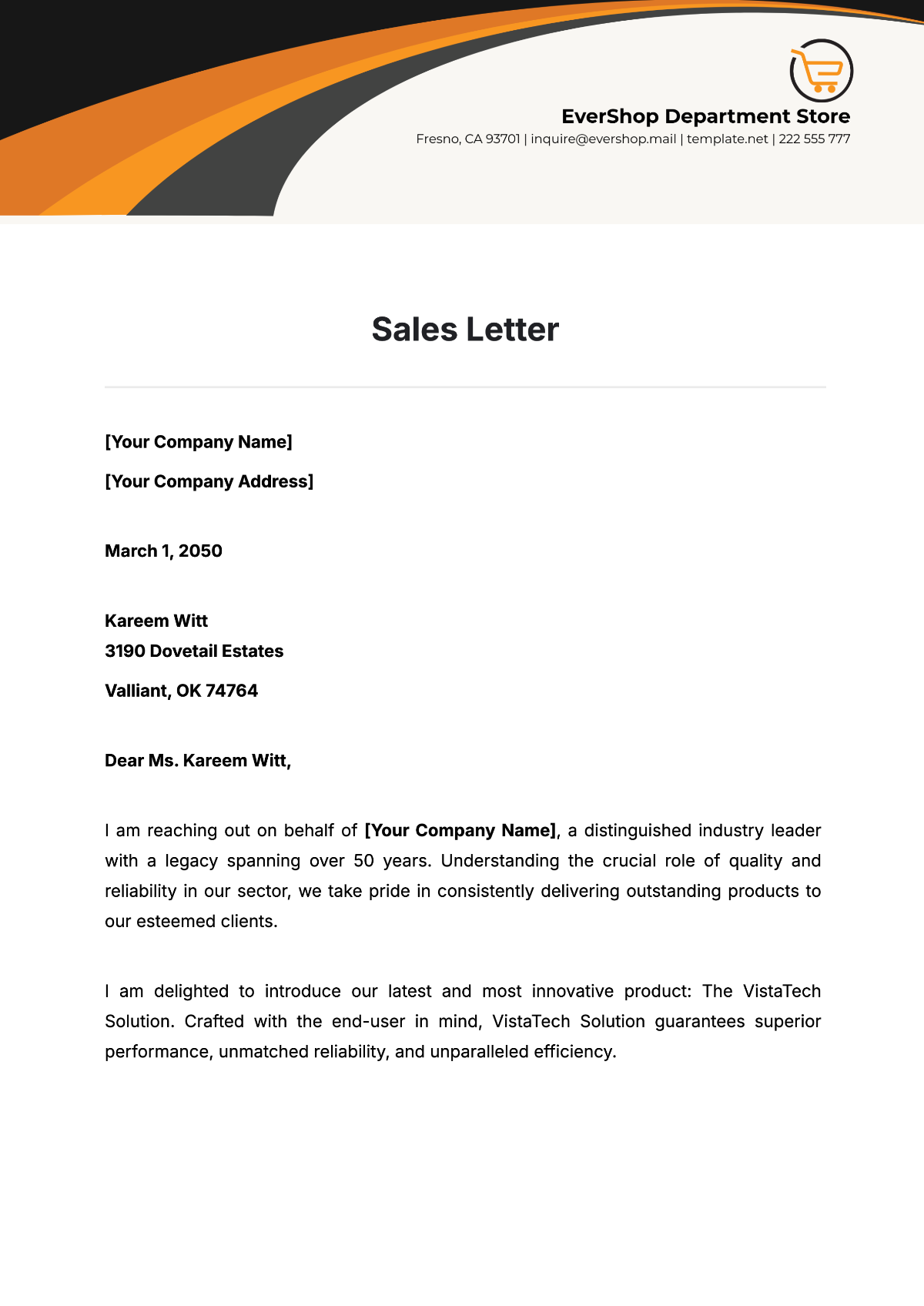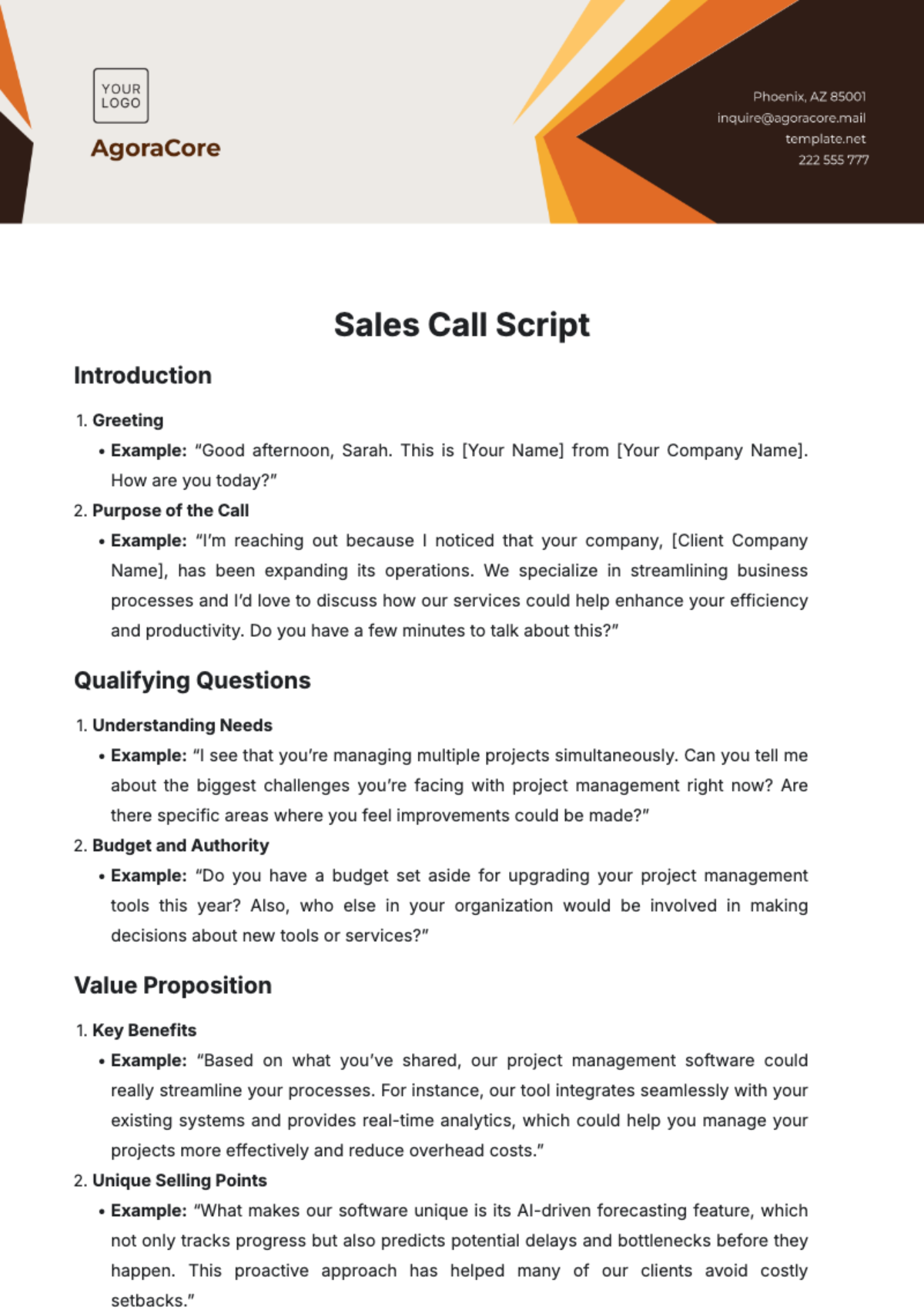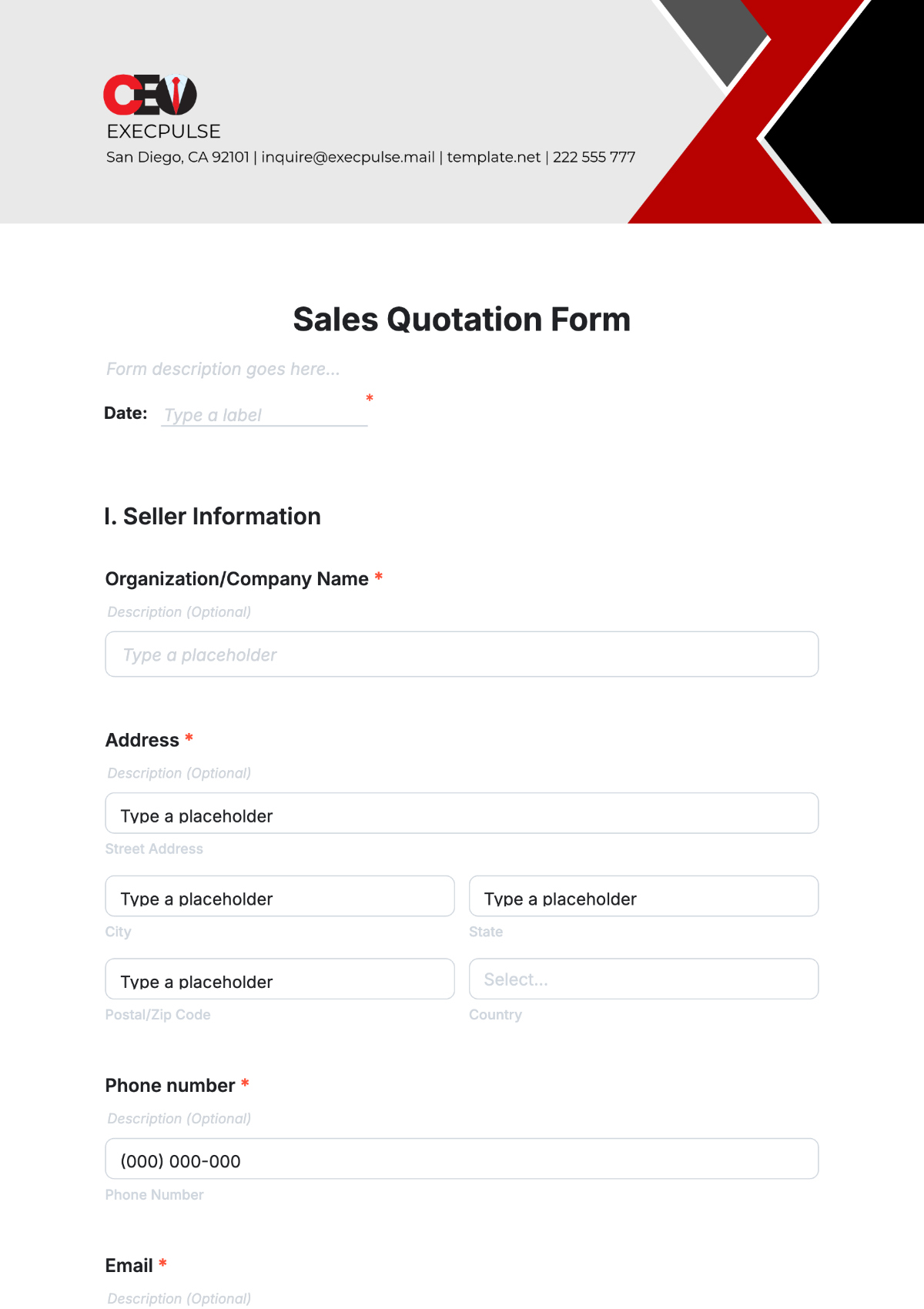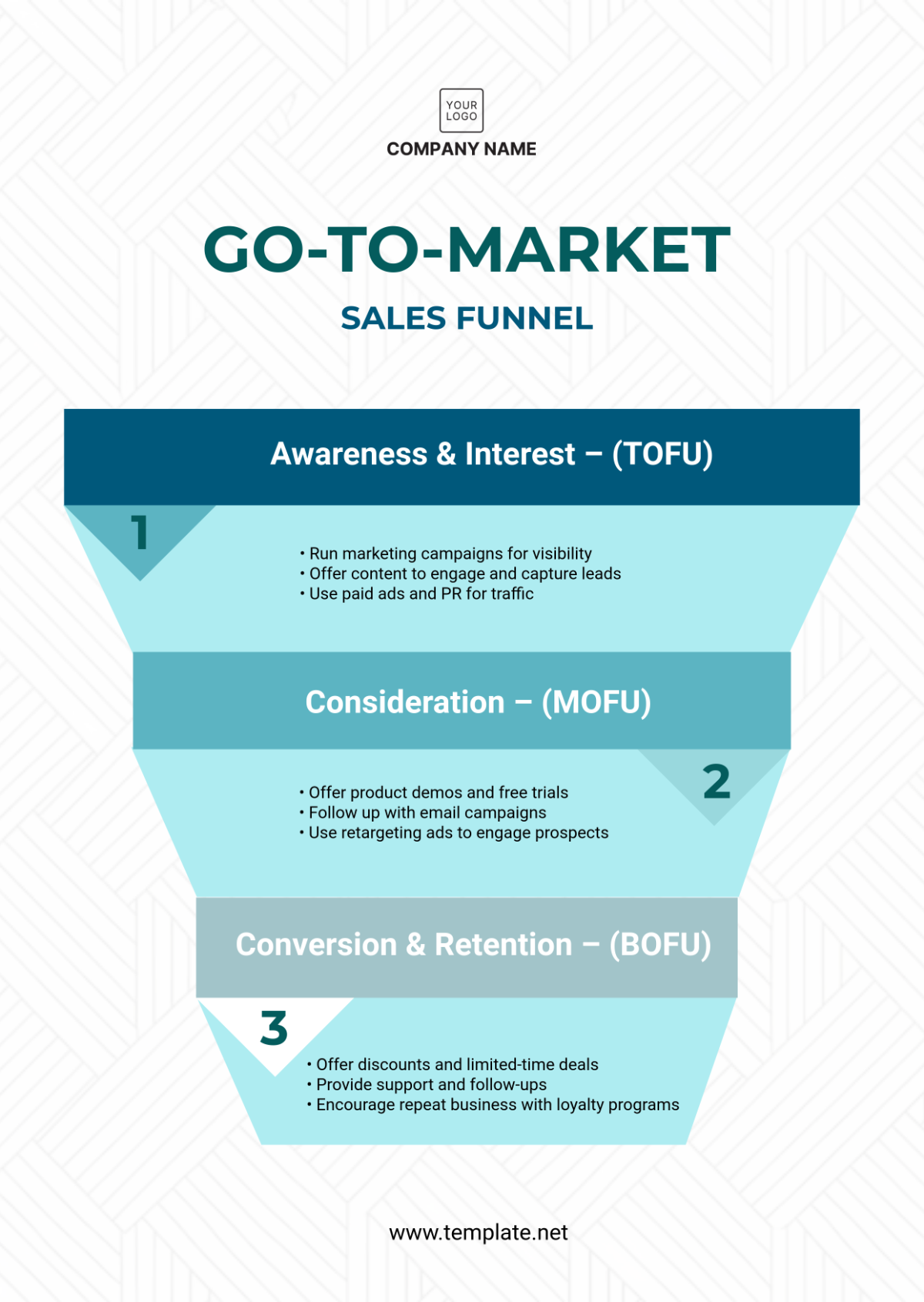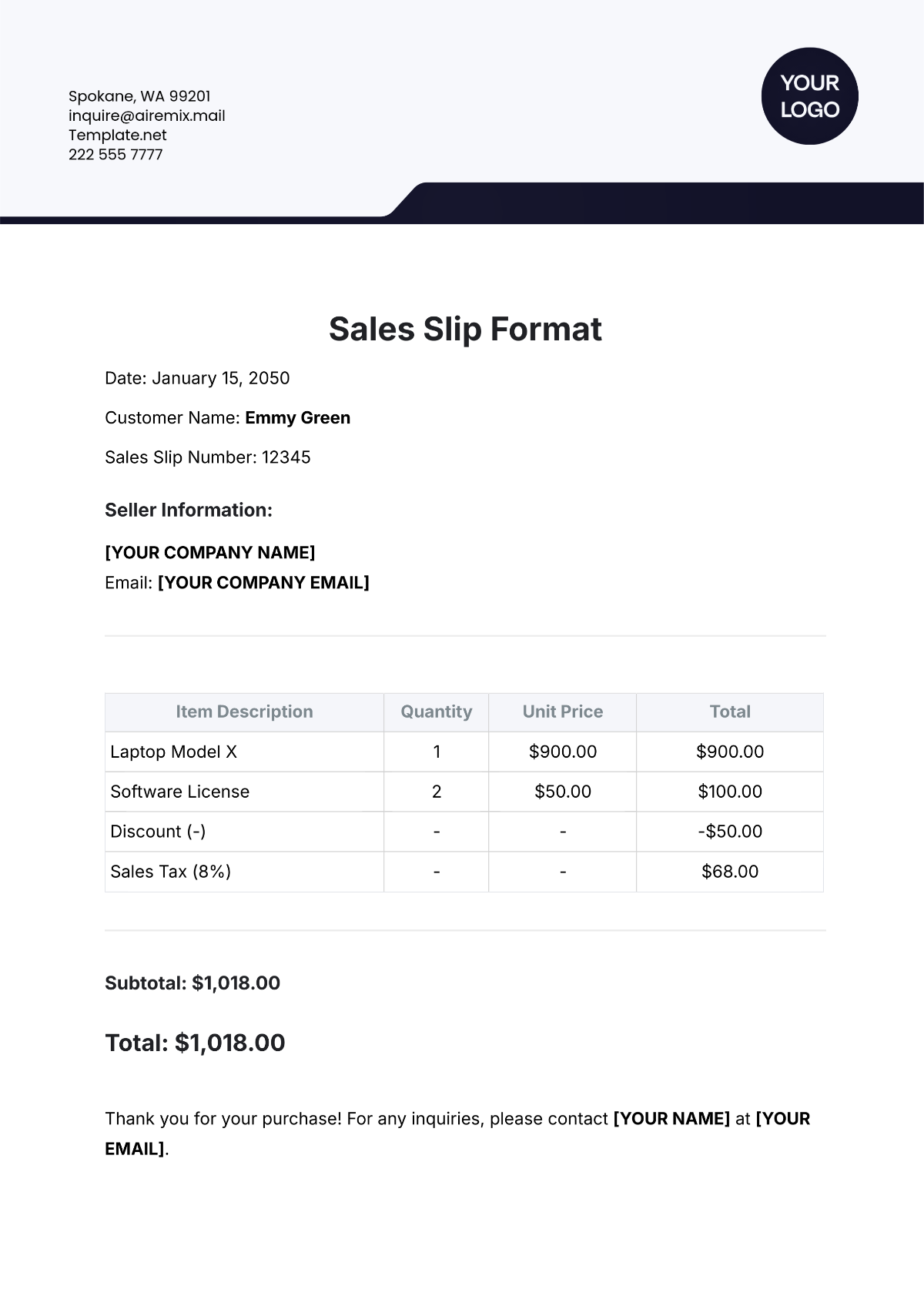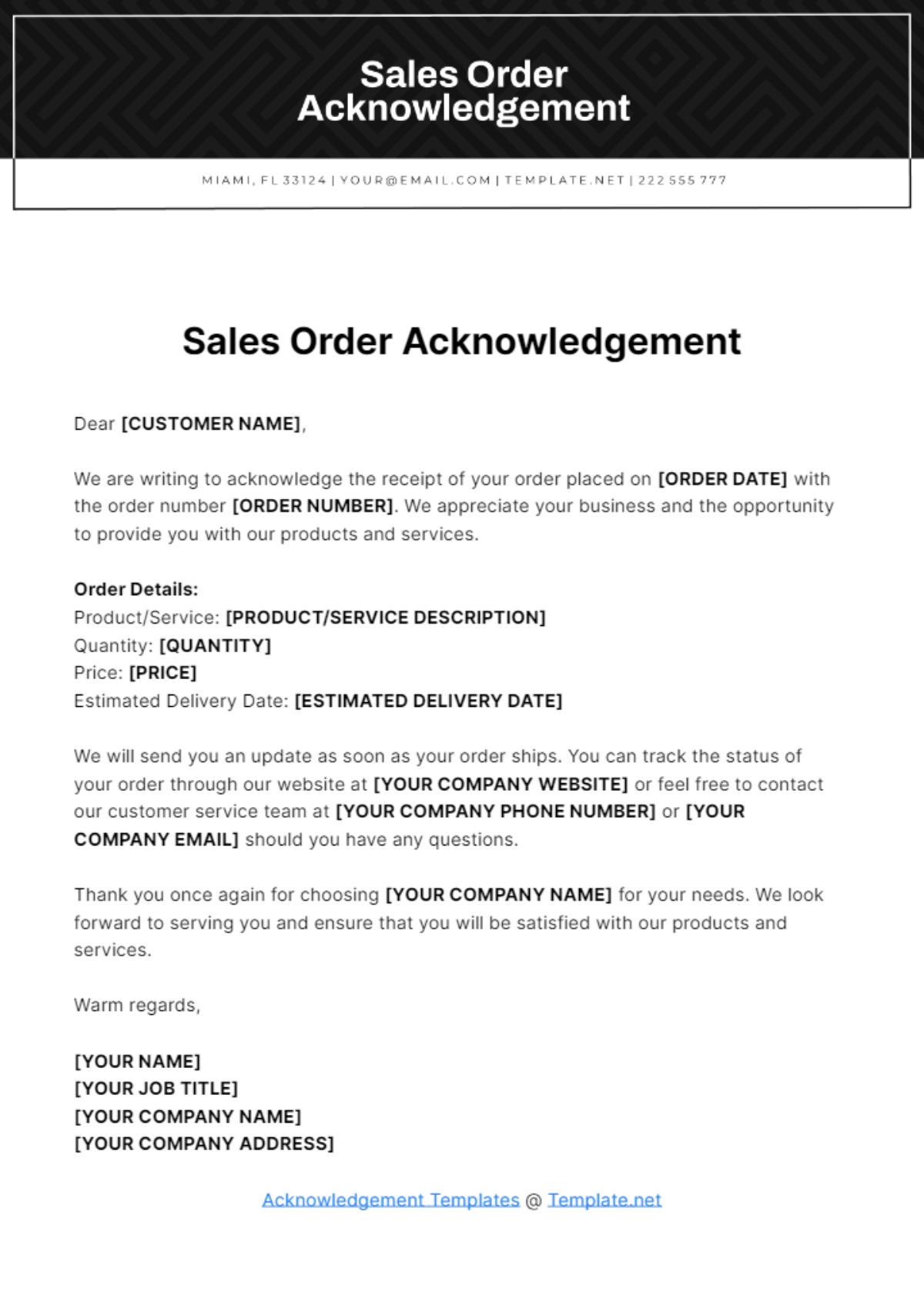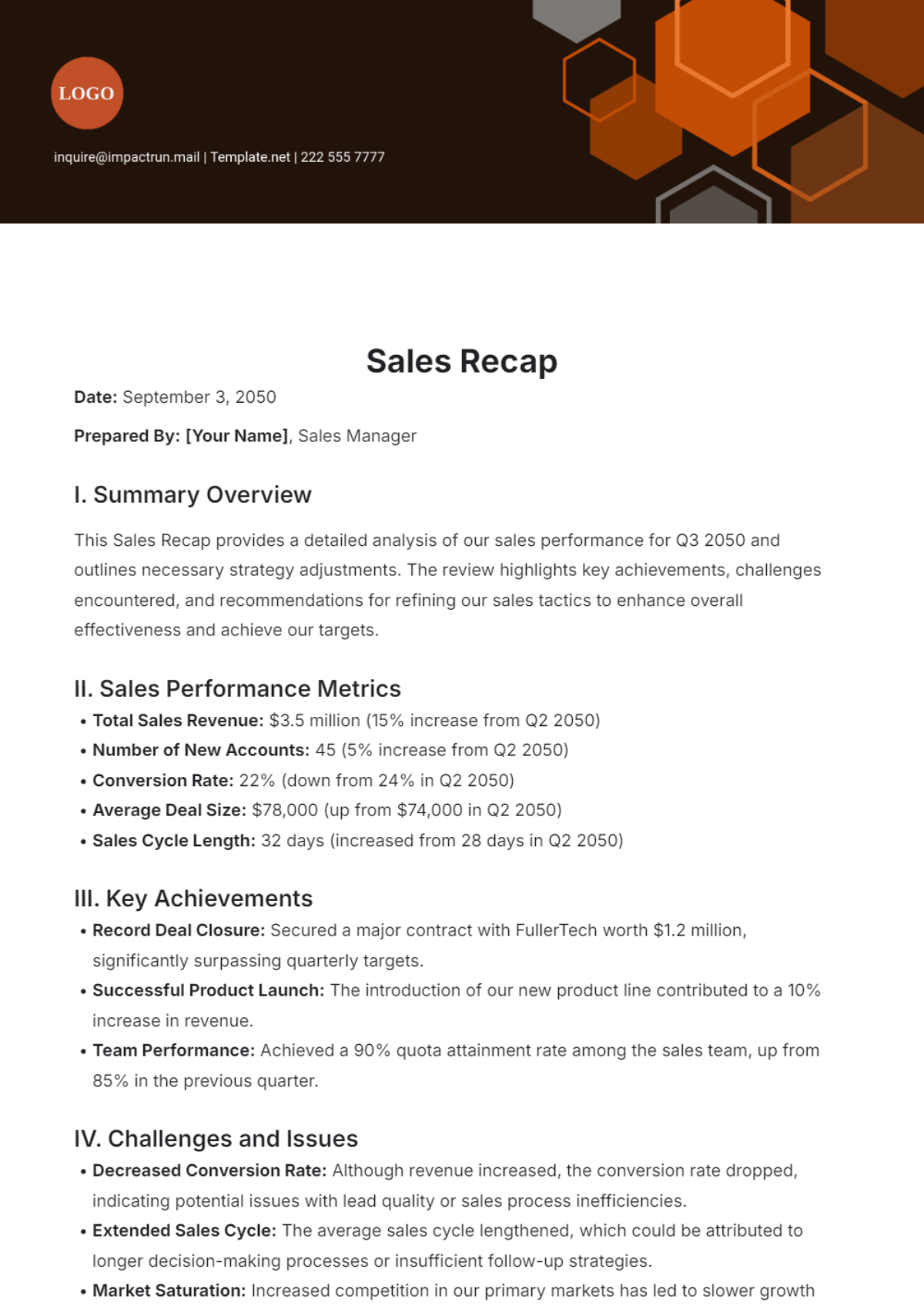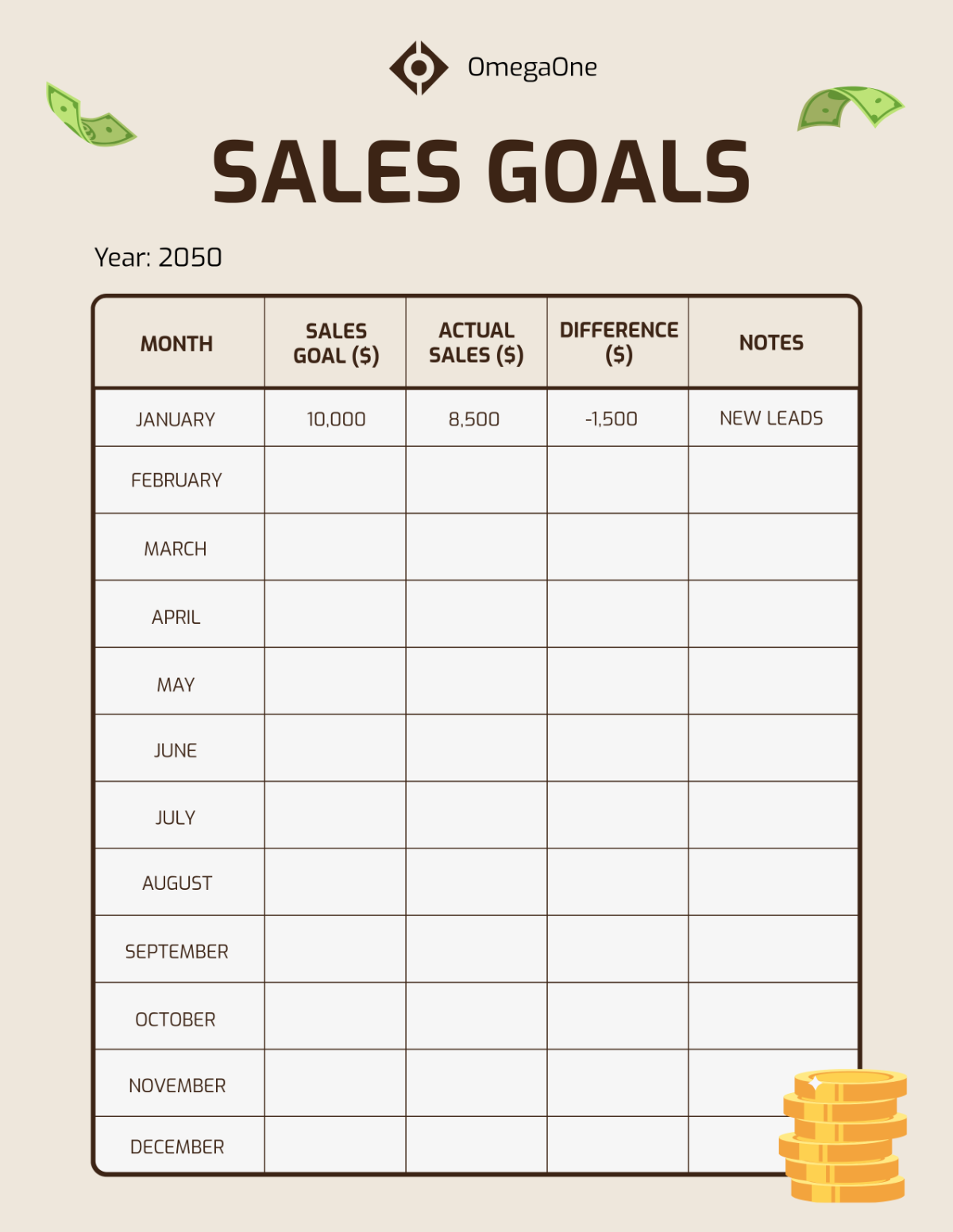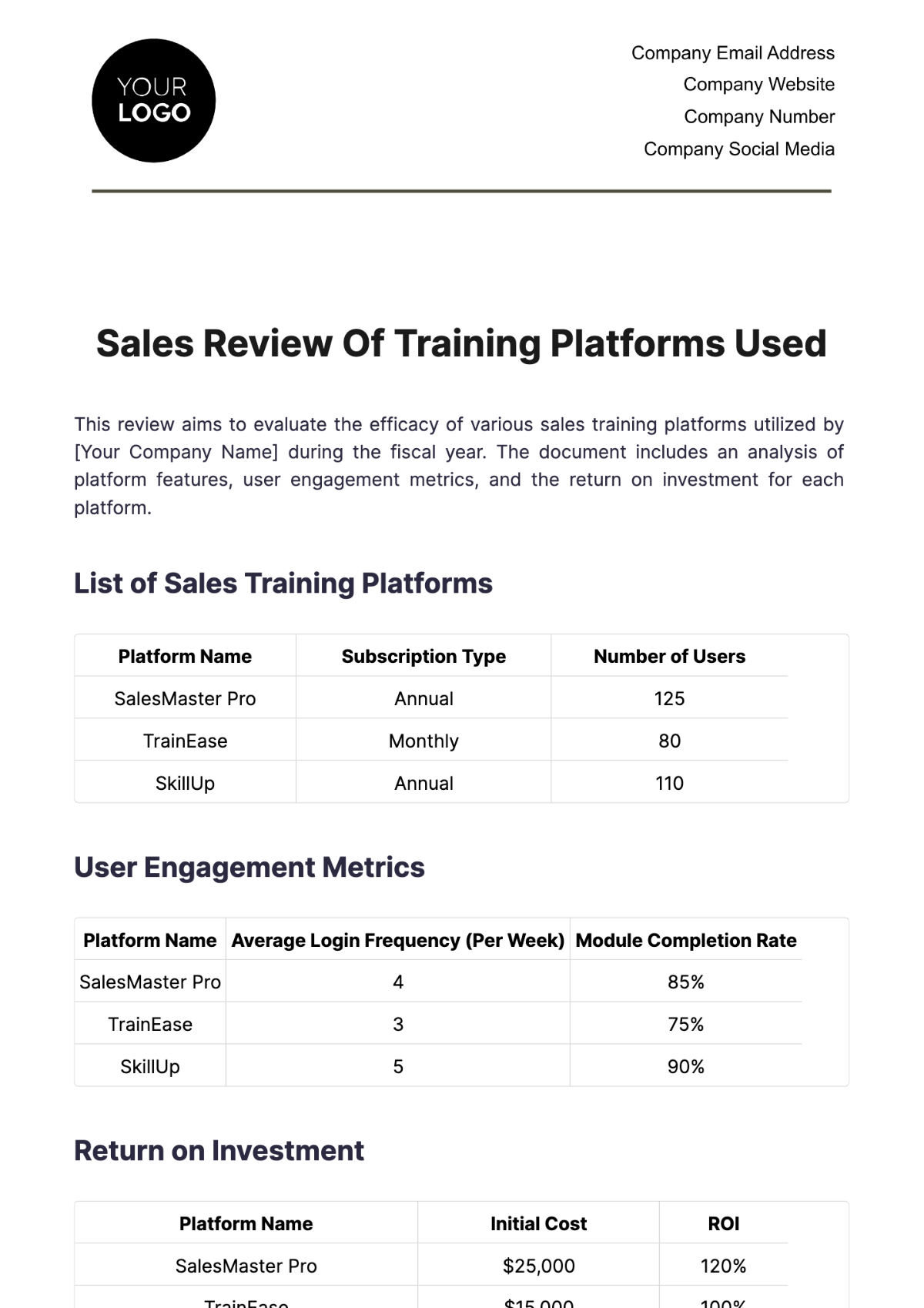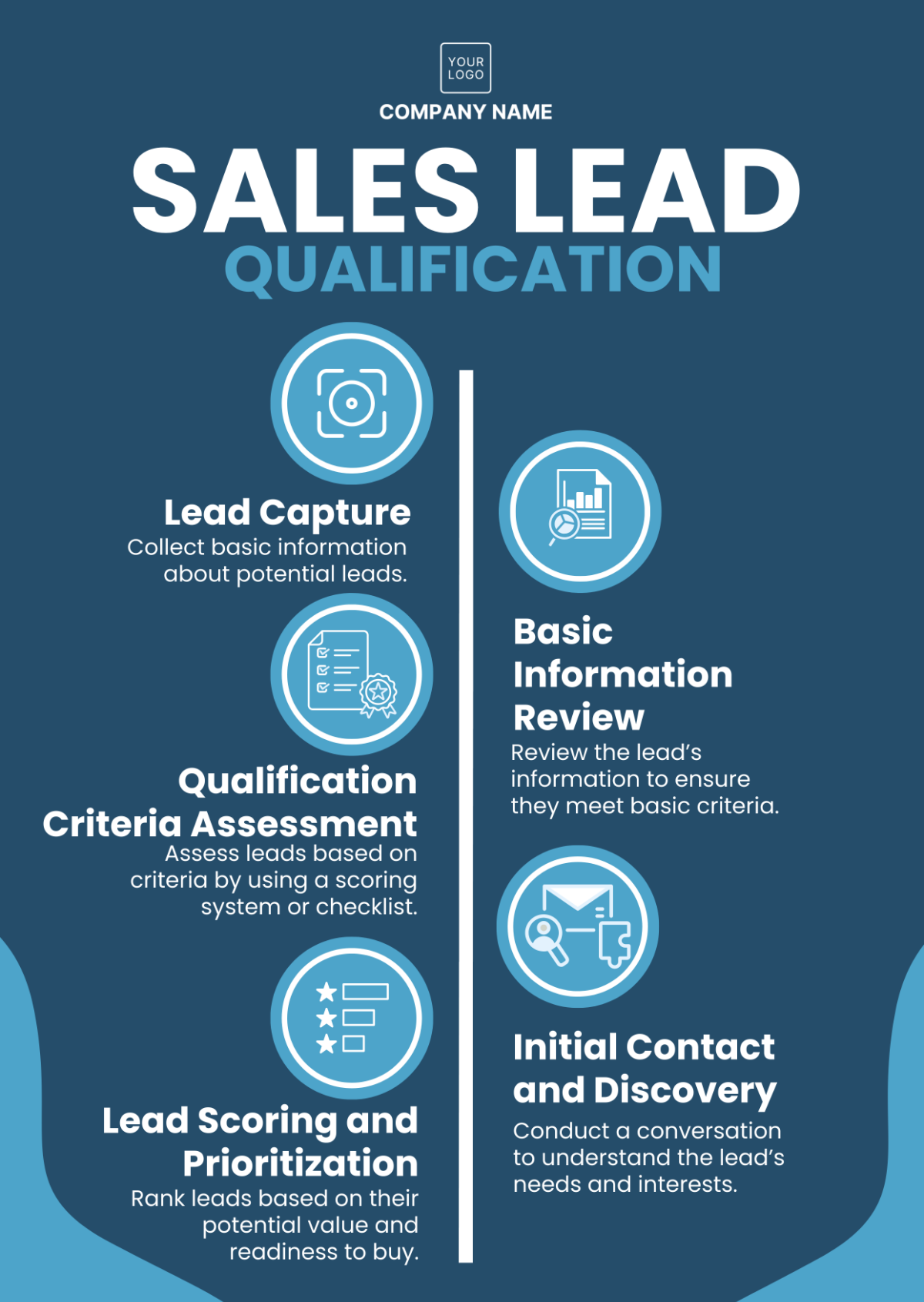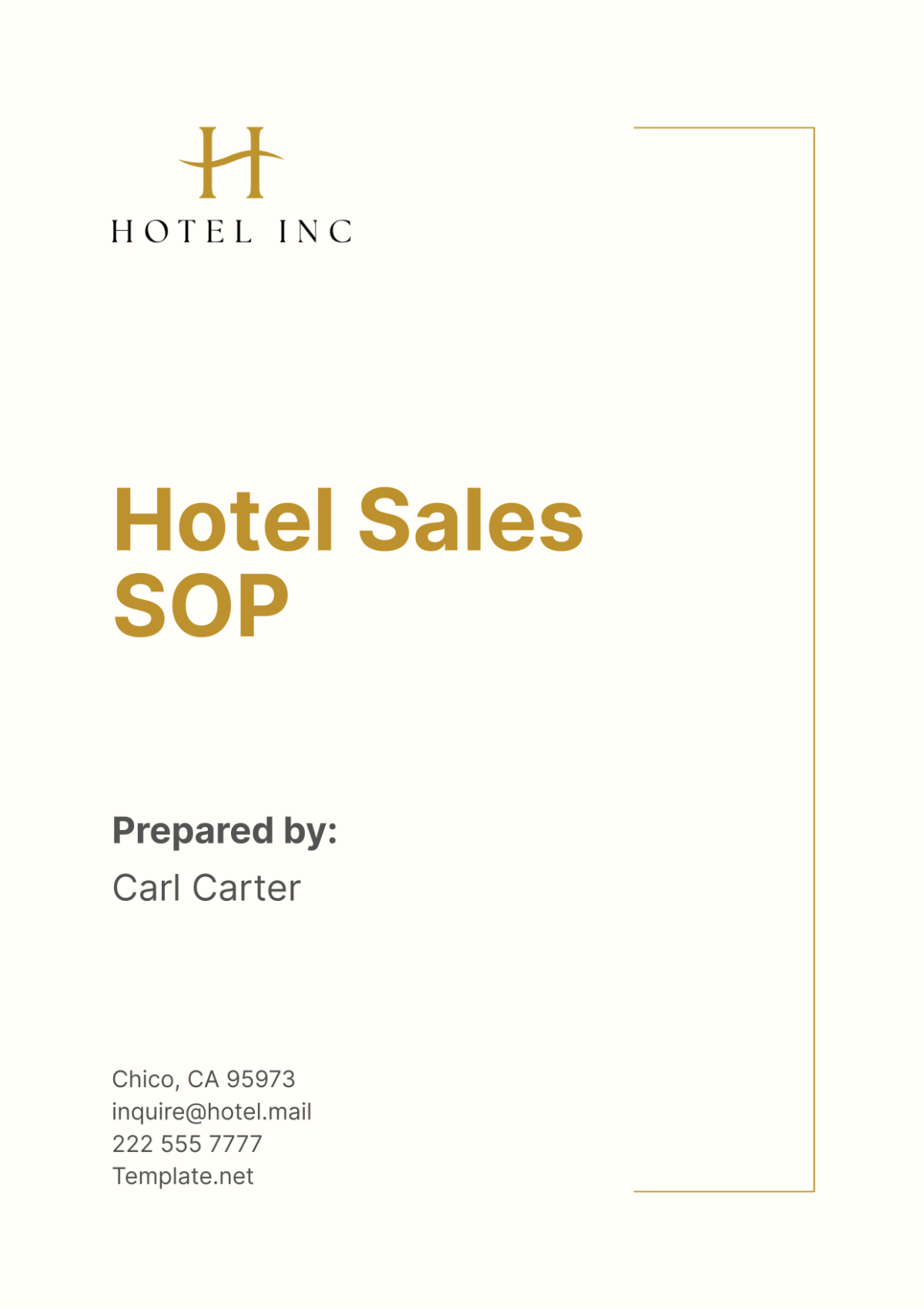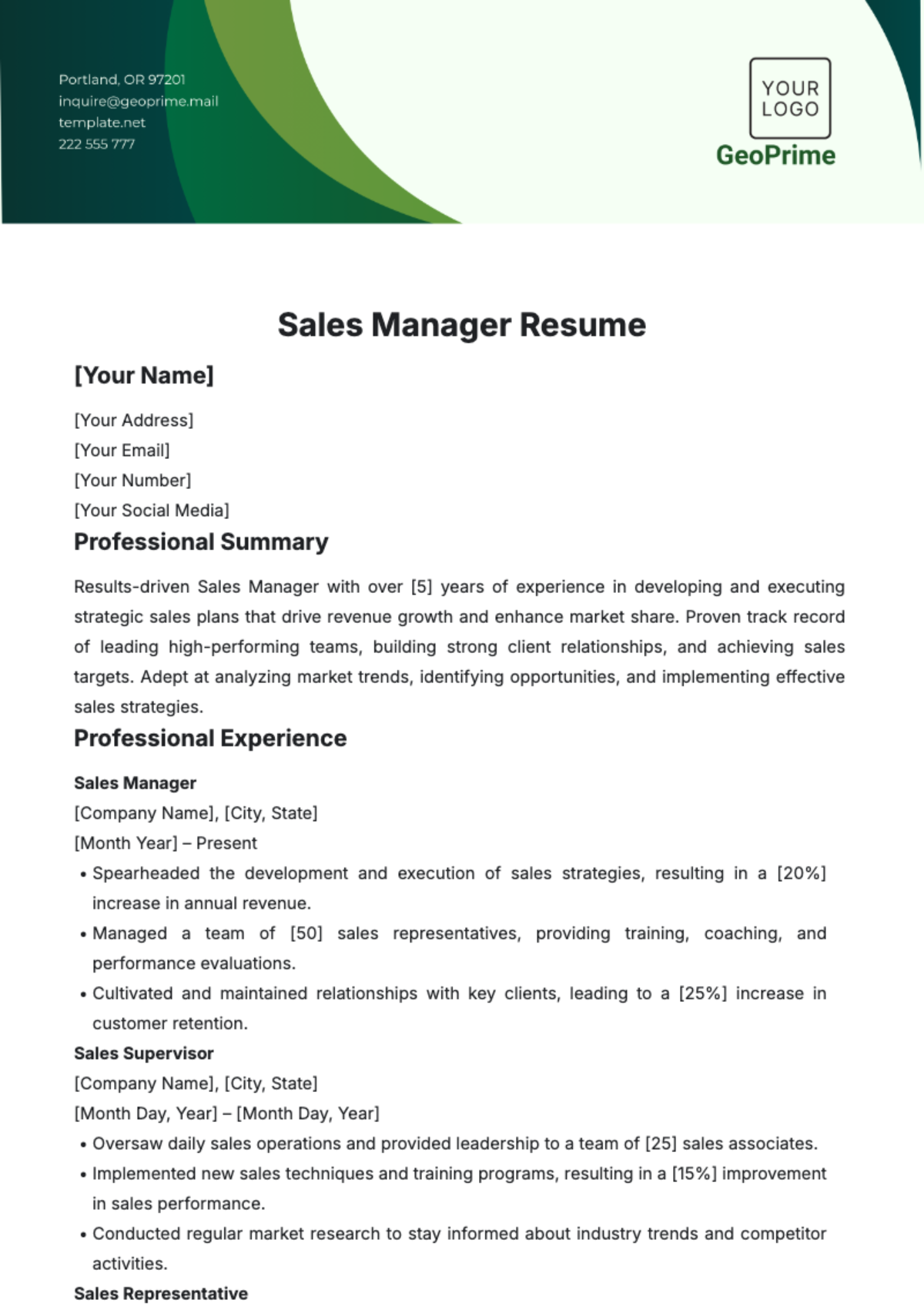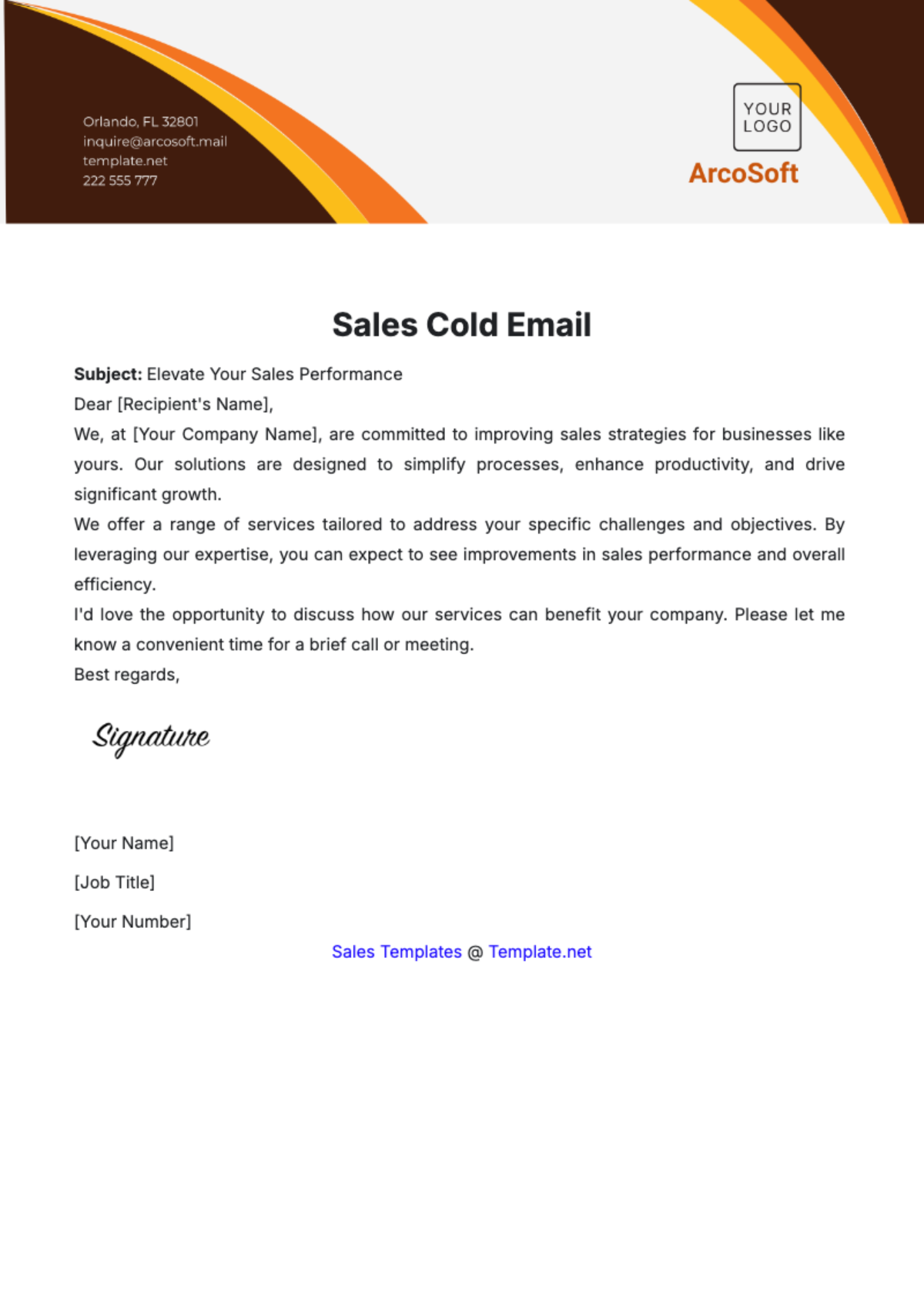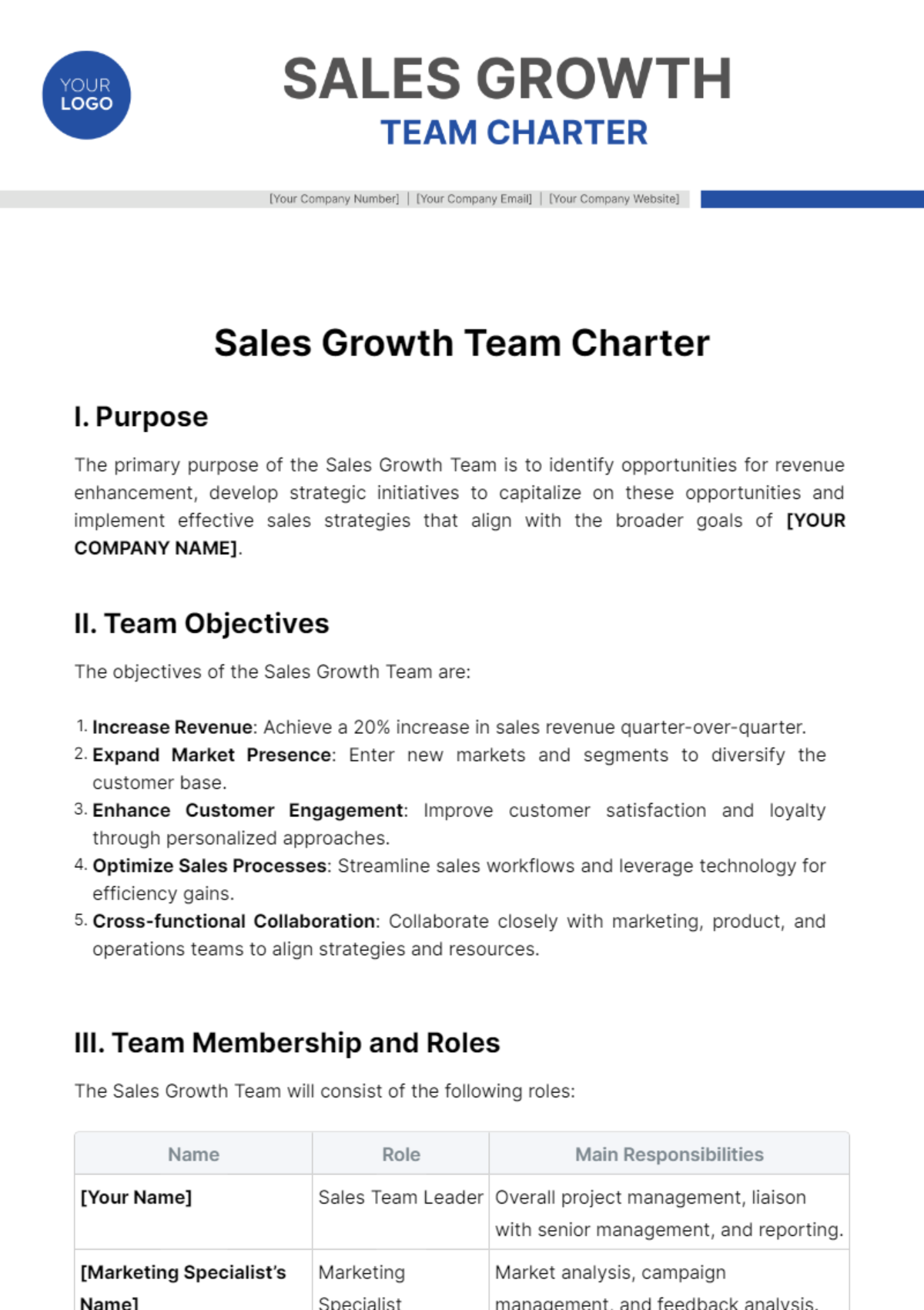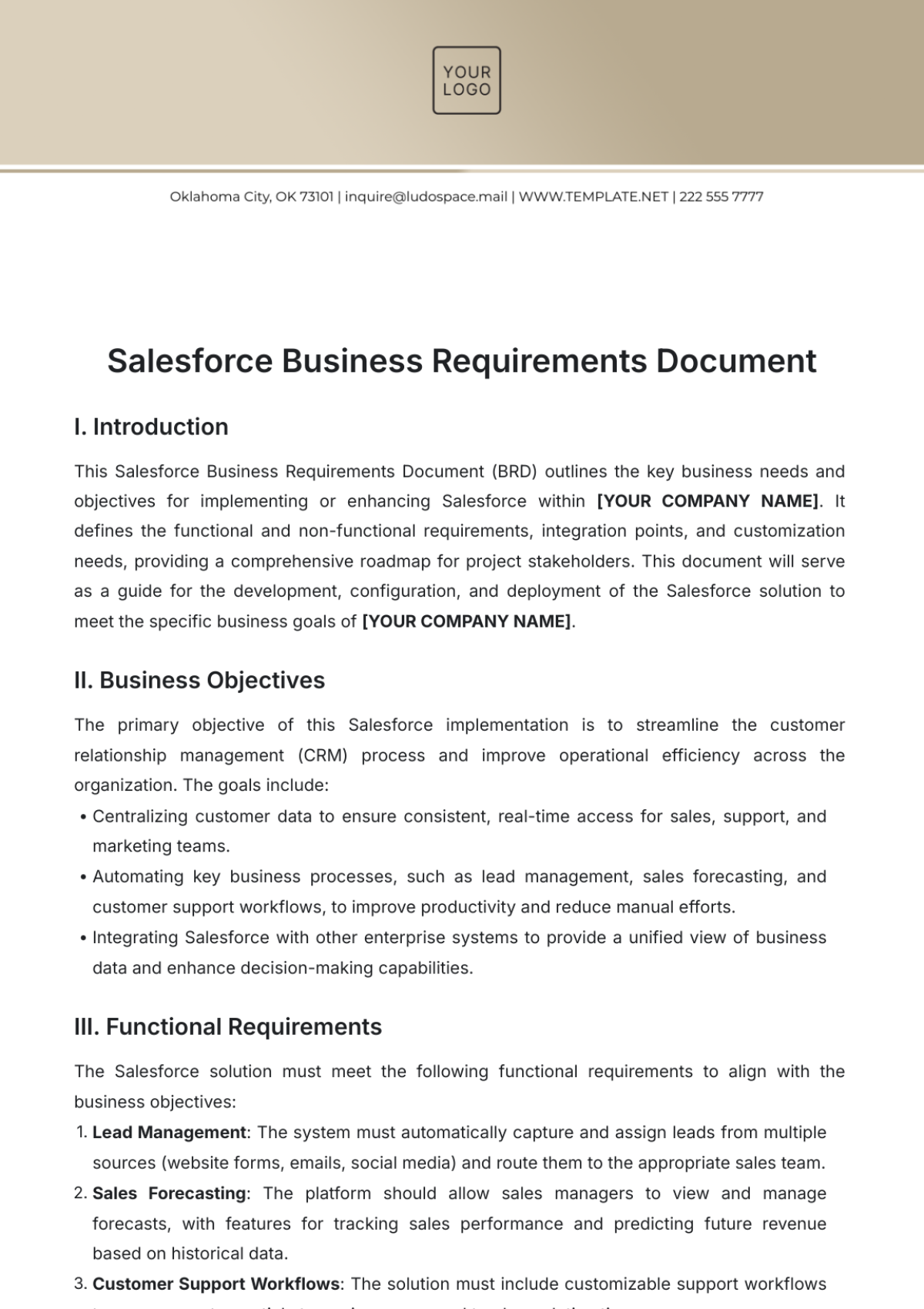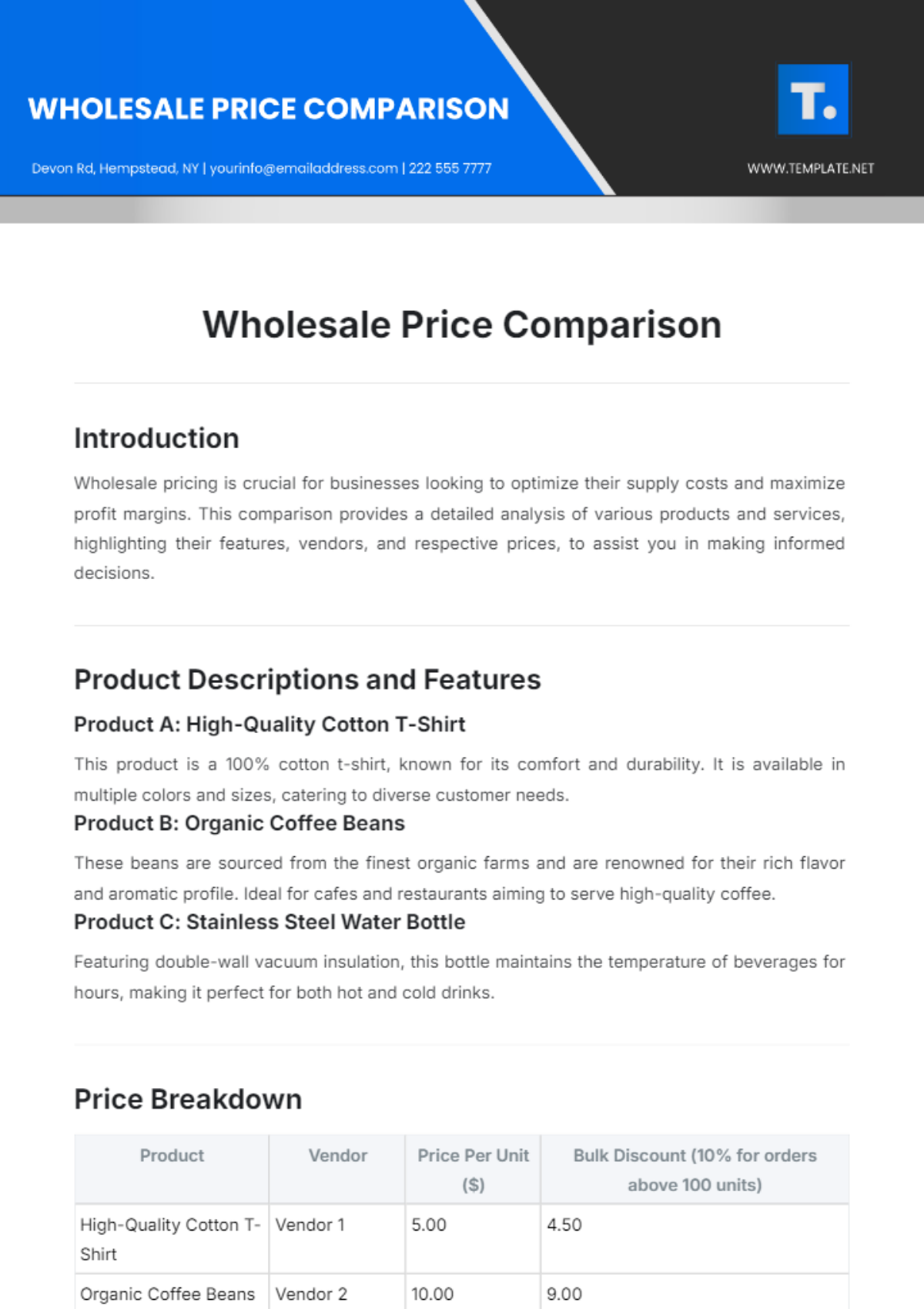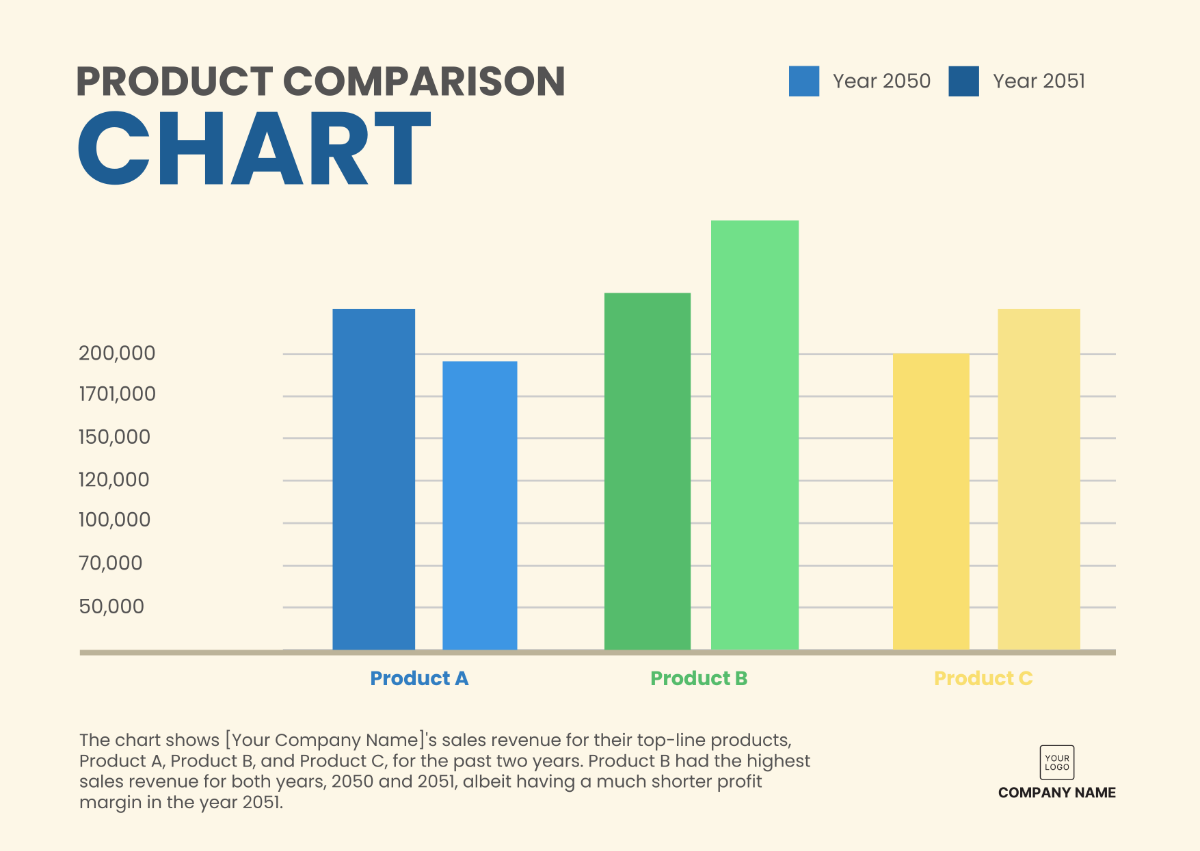Sales Study on Post-Closure Client Retention
I. Introduction
Welcome to the Sales Study on Post-Closure Client Retention by [Your Company Name]. In this document, we aim to delve into a critical aspect of our business strategy - client retention after a successful sale.
Client retention holds paramount importance for [Your Company Name]. It goes beyond just closing deals; it's about nurturing long-lasting relationships. In an ever-evolving market where customer choices are abundant, our ability to retain clients determines our sustained success. By retaining clients, we not only secure recurring revenue but also enhance brand loyalty and reputation. This study is our commitment to understanding the key drivers of post-closure client retention and ensuring our clients stay with us for the long term. It's about more than just numbers; it's about building lasting partnerships.
II. Background and Literature Review
In the dynamic landscape of the sales industry, client retention has emerged as a critical factor for sustainable growth. According to the American Marketing Association, acquiring a new customer can cost five times more than retaining an existing one. Thus, retaining clients not only fosters profitability but also ensures cost-efficiency.
Recent industry trends underscore the significance of post-closure client retention. In a study conducted by SalesTech, 72% of customers expect companies to understand their unique needs and expectations. This highlights the growing importance of personalized post-sale interactions.
Moreover, the COVID-19 pandemic accelerated the shift towards digital engagement. The Harvard Business Review reported that businesses offering personalized digital experiences witnessed a 5-8% revenue boost. This emphasizes the need for tech-savvy, client-centric strategies in retaining clients in the modern era.
A. Key Factors Affecting Post-Closure Client Retention
Communication: Effective post-sale communication fosters trust and ensures clients feel valued. According to the Customer Success Association, regular check-ins and personalized communication can increase client retention by 10-15%.
Product/Service Quality: Consistently delivering high-quality products or services is fundamental. Research by CustomerThink indicates that 76% of customers consider quality a key factor in their decision to stay loyal.
Customer Support: Responsive and empathetic customer support is indispensable. A Zendesk survey found that 62% of B2B customers purchase more after a good customer service experience.
Feedback Utilization: Actively seeking and incorporating client feedback can lead to improvements. A study by Bain & Company revealed that businesses that listen to customer feedback experience a 10-15% increase in revenue.
Understanding these trends and factors is crucial as we embark on our journey to enhance post-closure client retention at [Your Company Name].
III. Research Objectives and Hypotheses
The primary objective of this study is to comprehensively assess and improve post-closure client retention strategies at [Your Company Name]. To achieve this, we have established the following research objectives:
To Identify Key Factors: Determine the key factors influencing client retention in our industry.
To Analyze Client Feedback: Analyze client feedback data to understand areas of strength and improvement.
To Develop Strategies: Develop actionable strategies to enhance post-closure client retention.
To Measure Success: Establish measurable KPIs to evaluate the effectiveness of implemented strategies.
A. Hypotheses
Hypothesis 1: Enhanced communication and personalized engagement will improve client retention rates.
Hypothesis 2: Addressing client feedback promptly will result in increased satisfaction and loyalty.
Hypothesis 3: Implementing data-driven client retention strategies will yield higher success rates.
IV. Methodology
Our research on post-closure client retention employs a mixed-method approach to gather comprehensive insights. We utilize both quantitative and qualitative methods:
Quantitative Data Collection: We conduct surveys among a representative sample of our client base. This structured approach allows us to collect numerical data, including client satisfaction ratings, feedback, and usage statistics. Our online survey platform ensures anonymity and ease of participation.
Qualitative Data Collection: In-depth interviews and focus groups are conducted with select clients to gain qualitative insights into their experiences. Open-ended questions enable clients to share their perspectives, providing valuable qualitative data.
A. Sampling Strategy and Data Sources
Our sampling strategy involves a random selection of clients across different segments to ensure diversity. We sample clients who have engaged with us recently and those with longer-term associations. This approach allows us to capture a broad spectrum of client experiences.
Data sources include our CRM system, survey responses, interview transcripts, and feedback collected through customer support channels. These sources provide a robust foundation for our analysis and recommendations, ensuring the study's credibility and relevance to post-closure client retention at [Your Company Name].
V. Data Collection
The data collection process for our Sales Study on Post-Closure Client Retention was meticulously executed to gather comprehensive insights into client satisfaction and retention. Below, we present a summary of the data collected:
A. Client Surveys: We distributed online surveys to a randomly selected group of 500 clients from our database. The survey included a series of questions aimed at evaluating their post-closure experiences with [Your Company Name]. The results are summarized as follows:
Overall Satisfaction Rating: 4.5 out of 5
Likelihood to Continue Engagement: 88% of respondents indicated they are highly likely to continue their business relationship with us.
Communication Effectiveness: 94% of respondents expressed satisfaction with our post-sale communication.
B. In-depth Interviews: We conducted 15 in-depth interviews with clients who volunteered to participate. These interviews provided rich qualitative insights, highlighting areas for improvement and best practices. Key emerging themes include the importance of personalized follow-ups and prompt issue resolution.
C. Customer Feedback: We analyzed customer feedback received over the past six months through various channels, including our customer support hotline and online feedback forms. Common themes identified in the feedback were related to timely response, product/service quality, and the ease of doing business with us.
This combination of quantitative survey data and qualitative insights from interviews and customer feedback forms the foundation for our analysis and subsequent recommendations to enhance post-closure client retention strategies at [Your Company Name].
VI. Data Analysis
The data collected for our Sales Study on Post-Closure Client Retention has undergone rigorous analysis to extract valuable trends, patterns, and insights. The following key findings have emerged from our analysis:
High Satisfaction Levels: The survey results indicate a high overall satisfaction rating of 4.5 out of 5, suggesting that most clients are content with our services. This positive sentiment bodes well for client retention efforts.
Communication Impact: Clients who reported effective and personalized post-sale communication exhibited a greater likelihood of continued engagement, reinforcing the importance of communication in client retention.
Feedback Correlation: Qualitative analysis of interviews and customer feedback revealed a strong correlation between timely issue resolution and client satisfaction. Clients appreciate the prompt and effective resolution of their concerns.
Product/Service Quality: Feedback and interviews consistently highlighted the significance of product/service quality in retaining clients. Clients who perceived our offerings as high-quality were more likely to remain loyal.
Our data analysis not only reaffirms the importance of communication and quality but also provides actionable insights for our post-closure client retention strategy. Moving forward, these findings will inform the development and implementation of targeted retention initiatives at [Your Company Name].
VII. Findings
The data analysis conducted for our Sales Study on Post-Closure Client Retention has unveiled several critical findings that are instrumental in understanding and enhancing client retention strategies at [Your Company Name]:
High Satisfaction Levels: The majority of our clients expressed a high level of satisfaction with our products and services, with an impressive overall satisfaction rating of 4.5 out of 5. This positive sentiment underlines the potential for retaining our client base.
Communication is Paramount: Effective and personalized post-sale communication emerged as a pivotal factor in client retention. Clients who reported favorable communication experiences were more inclined to continue engaging with us.
Timely Issue Resolution Matters: Our analysis has revealed a strong correlation between prompt issue resolution and client satisfaction. Clients highly value our ability to address their concerns swiftly and efficiently.
Product/Service Quality is Key: Quality remains a cornerstone of client retention. Clients who perceive our products and services as consistently high-quality will likely remain loyal.
Client Feedback for Continuous Improvement: Client feedback, whether positive or constructive, plays a crucial role in shaping our client retention efforts. Actively incorporating client suggestions for improvements can bolster satisfaction and loyalty.
VIII. Recommendations
In light of the findings from our Sales Study on Post-Closure Client Retention, we offer the following actionable recommendations to enhance our client retention efforts and strengthen our client relationships at [Your Company Name]:
A. Elevate Communication Strategies
Implement a personalized communication plan tailored to individual client needs and preferences.
Regularly engage with clients through multiple channels, such as emails, phone calls, and social media, to maintain a strong connection.
B. Streamline Issue Resolution
Enhance our customer support processes to ensure timely and effective resolution.
Establish clear escalation paths for complex issues, demonstrating our commitment to resolving problems promptly.
C. Quality Assurance Initiatives
Continually uphold and improve product and service quality standards through rigorous quality control measures.
Invest in ongoing training and development to ensure our team delivers consistent quality.
D. Feedback Integration
Develop a systematic approach to capture, categorize, and act upon client feedback.
Create feedback loops with product development and customer support teams to implement improvements based on client suggestions.
E. Client Education and Onboarding
Develop comprehensive onboarding processes to ensure clients fully understand the value of our offerings.
Provide ongoing educational resources to empower clients to maximize the benefits of our products/services.
By implementing these recommendations, we can proactively address client needs, foster deeper client relationships, and reinforce our commitment to delivering exceptional value. These strategies will be pivotal in elevating post-closure client retention at [Your Company Name].
IX. Implementation Plan
To execute the recommended strategies for improving post-closure client retention at [Your Company Name] between 2053 and 2054, we have outlined a detailed plan with designated responsibilities and timelines:
Personalized Communication Plan (Responsible: Sales and Marketing Teams)
Develop client segmentation criteria by December 2053.
Create personalized communication templates by January 2054.
Commence personalized client outreach by February 2054.
Streamlined Issue Resolution (Responsible: Customer Support Team)
Review and optimize customer support processes by November 2053.
Implement a clear issue escalation system by January 2054.
Monitor and report on issue resolution times monthly, starting March 2054.
Quality Assurance Initiatives (Responsible: Quality Control Team)
Conduct a comprehensive review of quality control processes by October 2053.
Identify areas for improvement and implement changes by February 2054.
Establish ongoing quality monitoring and reporting by April 2054.
Feedback Integration (Responsible: Feedback Management Team)
Implement a feedback capture system by November 2053.
Categorize and analyze feedback by December 2053.
Share actionable insights with relevant teams bi-monthly, starting February 2054.
Client Education and Onboarding (Responsible: Training and Onboarding Team)
Develop onboarding materials and resources by January 2054.
Initiate onboarding processes for new clients by February 2054.
Provide ongoing education and support beginning March 2054.
This comprehensive plan ensures that our client retention strategies are systematically implemented, with clear accountability and timelines to ensure successful execution between 2053 and 2054 at [Your Company Name].
X. Conclusion
This Sales Study on Post-Closure Client Retention at [Your Company Name] highlights several crucial points:
Importance of Client Retention: Client retention is pivotal for sustained success, with high satisfaction levels and effective communication being key drivers.
Actionable Recommendations: Recommendations include personalized communication, streamlined issue resolution, maintaining quality, feedback integration, and comprehensive client education.
Implementation Plan: A detailed plan with timelines and responsibilities has been outlined to ensure the effective execution of these strategies.
Importance of Post-Closure Client Retention: It reinforces profitability, customer loyalty, and brand reputation.
Limitations and Future Research: This study does not explore external market factors impacting retention. Future research could delve into the influence of external forces on client retention strategies.




